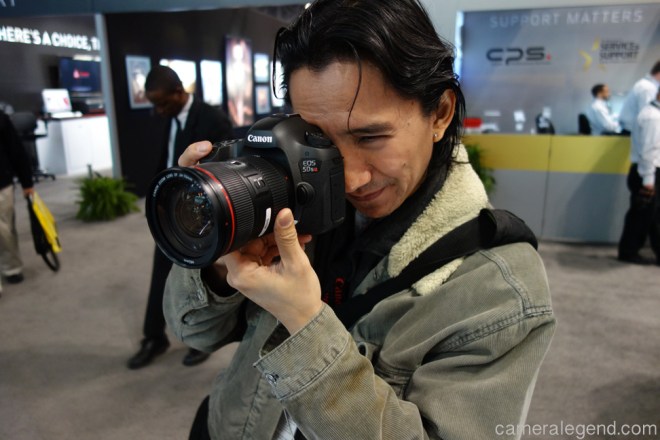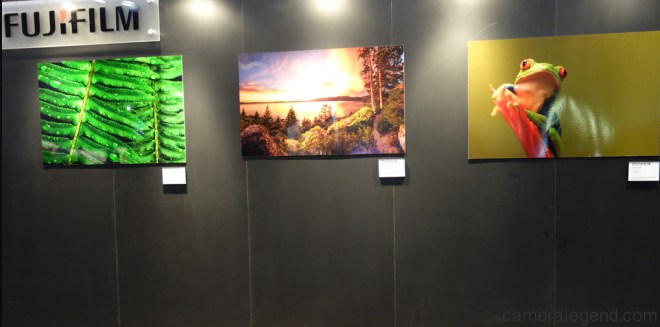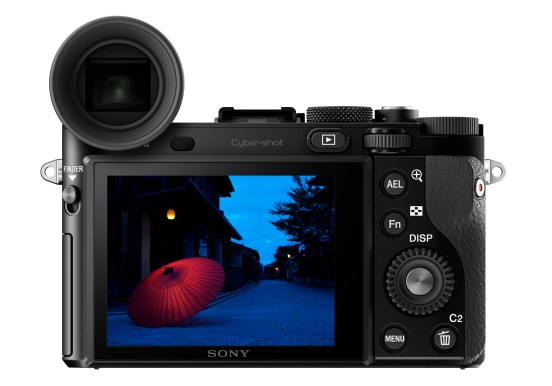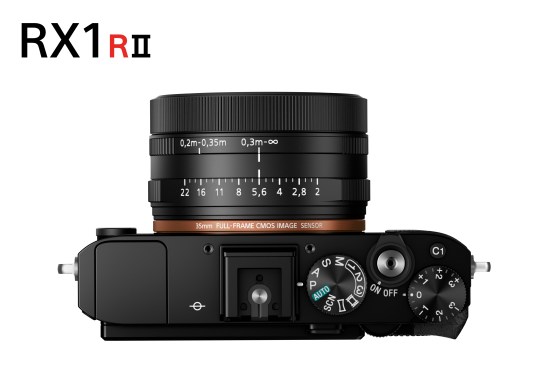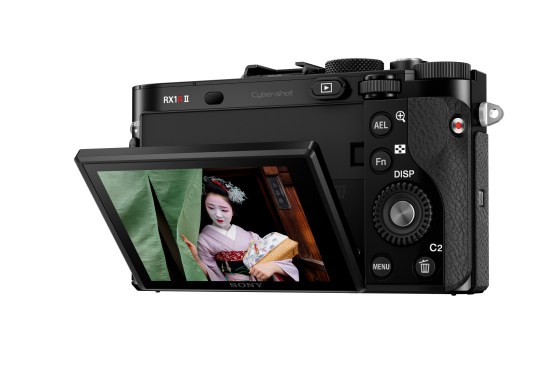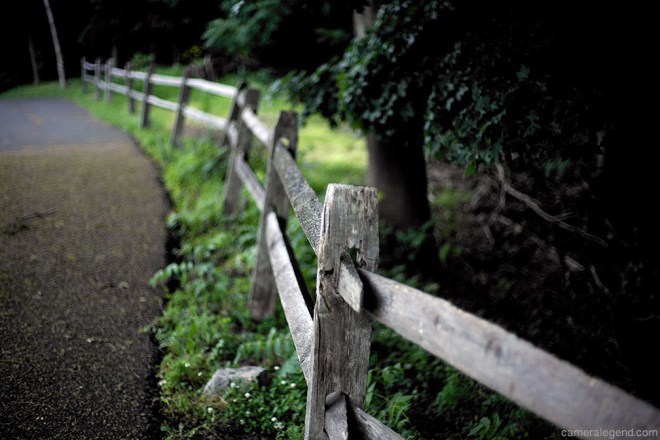Good Sunday morning you guys! As I revealed earlier I’m also a healthcare worker. In fact, it’s how I make my living.
So today, before I talk about our camera of the day, let me tell you a little about I got into healthcare.

In my twenties, back in the 1990s, I graduated from college with a Bachelor’s in Communication Arts, majoring in Advertising. I took advertising after much personal struggle. I’ve always had an artistic heart but I also wanted to please my parents who wanted their son to work in the business world.
And being a loyal son to my old school parents yet wanting to have some part in the decision I took advertising because I felt it was a good compromise between art and business.
Anyway, working in advertising provided me with an opportunity to use my homebrew photography skills and I worked in this field for several years until a couple of layoffs made me realize that I needed a backup field where I would always have work. I met a person who pointed me in the direction of healthcare and the rest is history. In fact, my “backup” field became my main field of work! I’ll tell you guys more about this in future postings!
THE CONTAX I
The Contax I is a 35mm rangefinder film camera introduced by Zeiss Ikon of Germany in 1932. It had a production run of four years until 1936.
As a true hardcore camera aficionado and Contax super-fan, the Contax I was always a camera on my wishlist. However, most of the cameras that I came across were either exorbitantly expensive or they were in unusable condition. Many times it was both.
In 2017, I negotiated a deal of $250 for the Contax I and Zeiss Sonnar 50mm f/2 collapsible. My particular camera is not without its problems as I’ll describe below but for $250 for the body and lens, and with a working shutter, I thought it was a deal!
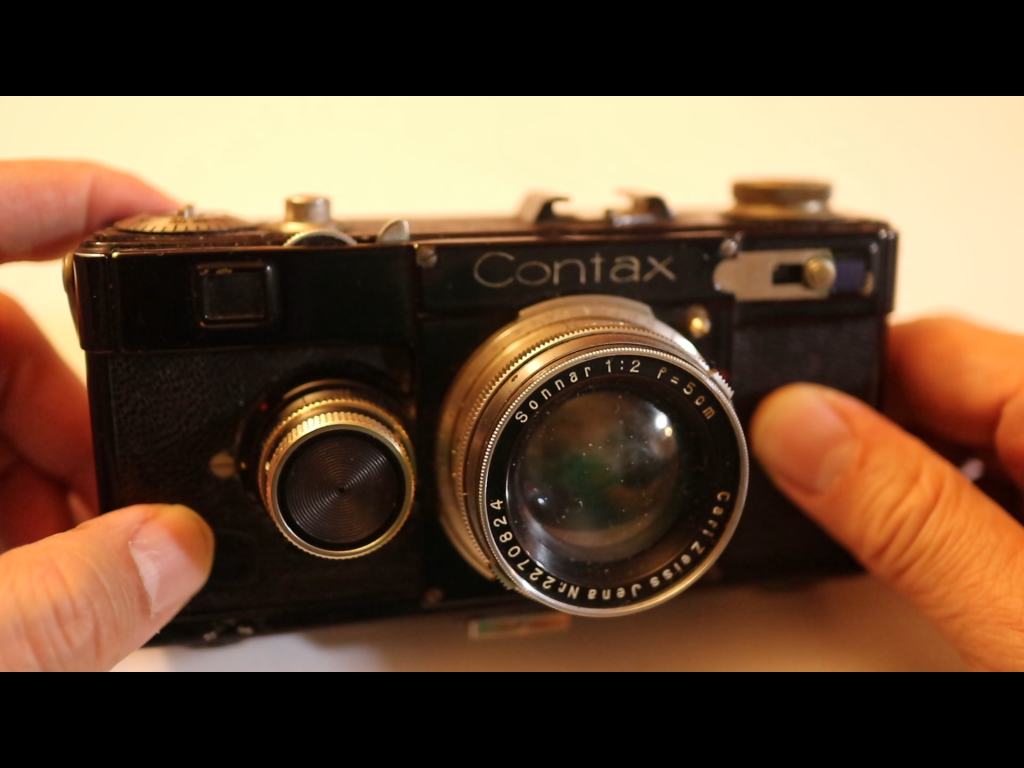
My Contax I has shutter speeds of 1/25 to 1/1000th of a second plus B. Apparently there are variations that had slower shutter speeds but that was added later so mine must be an earlier model.
The best information I have seen on the Contax I comes from Stephen Gandy’s fabulous Camera Quest website. It has all the information you need on the Contax I. Since Stephen said it best, I need to shut up! Here’s the link:
https://www.cameraquest.com/zconrf1.htm
YOUTUBE VIDEO
For those of you who prefer a more animated experience 🙂
In this video I also talk about my experiences on the unemployment line. I understand and empathize with those of you going through hard times. Stay strong, you WILL make it!
WHAT TO LOOK FOR IN THE CONTAX I
If you are looking to add the Contax I to your collection, keep in mind that (in my opinion) the Contax I should be viewed as a collectible. In other words, don’t expect to find one to use as a regular shooting camera. It may or may not be in working condition but don’t expect it to be perfect unless it’s been restored.
View the Contax I as a collectible first and foremost. Why? Well, first of all the Contax I is really old at this point. Introduced in 1932, these cameras are close to 90 years old. Secondly, even in its day it didn’t have the best reputation for reliability. It was seen as a premium product that was rushed to market in order to compete with the Leica 1 or A as its known.
As a “premium” product, Zeiss tried to outdo Leica anyway they could. If the Leica had zone focus, the Contax would have a rangefinder. If Leica had a cloth shutter, the Contax would have a metal bladed shutter. If Leica topped out at 1/500, the Contax would top out at 1/1000.
Unfortunately, the Contax ultimately ended up as a well conceived product that didn’t quite deliver on the perception its specs conjured up. The shutter on the Contax I is said to be “fragile” or unreliable so that’s the first thing you should look for in these cameras. If the shutter blades are intact and working, that’s a big step in the right direction.
One funny side note…you guys might remember how I’ve often talked of Contax/Yashica and how I’ve always said they made great cameras that were not the most reliable? Well, it seemed Yashica was just following in the spirit of the Contax I! 🙂
Despite all the bad things I’ve read about the “fragile” shutter on the Contax I, the vertically traveling metal blades are still working on mine. I know of at least two other people shooting with the Contax I as well.
But accurate, it is probably not. The speeds feel off to me, which is to be expected for a camera this old. The rangefinder patch on mine is pretty much gone. I can barely make it out. Keep in mind the rangefinder and many other things will probably have worn out on a camera this old.
I know of a great trick where one puts a tiny black dot on the rangefinder window and it worked in the past with other cameras I had with dim rangefinders. I give credit where credit is due. I learned this trick from the website of a man named Rick Oleson, one of the early pioneers of internet photography pages.
His page is on the “tripod” platform that’s how far back it goes! My very first website in 1999 was also on Tripod. I made one page and back then it wasn’t easy like what I’m doing on WordPress today so anyway I put up one page, saw it once and never saw it again! I don’t even remember the name of my page, sad ain’t it?
Anyway, I just want to say Rick thanks for the useful tips and great articles you put on your site over the years. I hope you’re still out there doing your thing!
Ok so back to the Contax I. My rangefinder patch is so dim that even the black dot trick did little to remedy it. And it is true that not many people will attempt a repair on this camera. I reached out to a couple of renowned camera repair people and they politely declined to even attempt it.
So I have to just accept it. I use zone focus and try to compensate for shutter speeds that appear to be slower than the values.
SAMPLES?
Do you guys remember this article I wrote in early 2019?
Monday Mystery Images & The Quality Of Walgreens Film Scans

Zone focusing. Slightly off, but close. Probably f/2-2.8 on the lens. Nice neutral bokeh! 
Rabbits 🙂 
Vintage haze can be seen in this shot. 
Sharpness test. Shot at around f/5.6-f/8 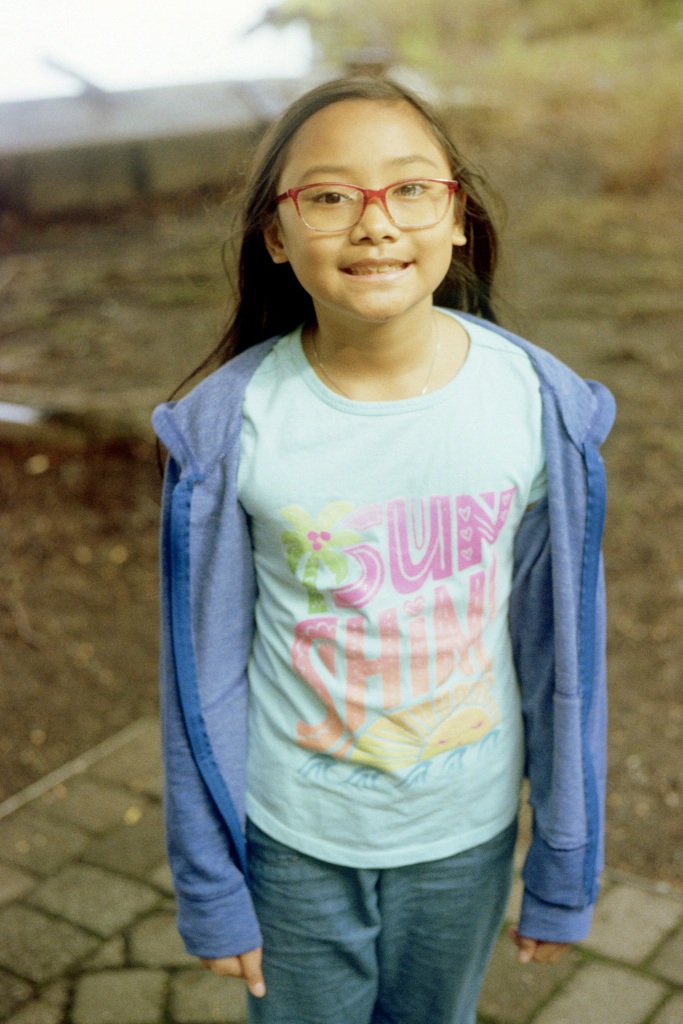
Portrait test. Love the rendering of the 50mm f/2 Sonnar lens! 
Trying to get the zone focus down! 
Not the sharpest shot but I love the subjects!
Well, the mystery is solved! All those images (above) were taken with the Contax I and 50mm f/2 Sonnar collapsible. The film was Kodak Gold 400. How do I know? Well, these photos were taken in 2017. I found a memo I kept for the cameras I was using that summer of 2017 and especially because I was taking a road trip to south Jersey. The only film camera on the memo for that time frame was the Contax I. In fact, in the article I stated that I suspected it might be the Contax!
None of these images are what I would consider “winners” but considering that I was zone focusing and dealing with a less than optimal shutter, I guess I didn’t do too badly. I’m just happy anything came out! Honestly, I thought the whole roll would be unusable.
I can see the lens is suffering from flare and/or haze, maybe. Still, I do like its rendering on some the images. It’s got an old school vibe to it.
Now I’m even more inclined to put another roll in the Contax I just to verify the results.
PRICE & AVAILABILITY
As I mentioned, the Contax I should be seen as a collectible first and foremost. If you can actually use it for photography, all the better!
That said, prices are all over the place for this camera. As a collectible, there are many factors that will determine the final price. The factors include condition, mechanical and cosmetic, usable or non working, and whether it’s bundled with lenses, accessories, etc.
As a rough guide, I have seen the body alone go from $250-600, and even seen some unscrupulous overseas sellers charging up to $1000. Unless it’s really pristine, working, and has all original accessories I wouldn’t pay anywhere near $1000 for one…and I’m a hardcore Contax fan!
Again, I got mine, body and lens for $250 USD. For that price, it was not without its flaws as I said. Very dim (unusable) RF patch, shutter speeds off. But, it works! And that was the most important thing to me. The fact that I got it cheap was also a deciding factor 🙂
BOTTOM LINE
The Contax I is without a doubt a true legitimate Camera Legend. It is with the Contax I that the legend of Contax was born.
It was an ambitious attempt by Zeiss Ikon, one of the premier names in photography, to compete with Leica for supremacy and control of the then new 35mm film camera market.
Perhaps due to over ambitious and rushed execution, the Contax I is seen today as a somewhat failed product with a reputation for reliability problems. The later Contax II and III/IIIa are much better user cameras but there can only be one number one and the Contax I was the first.
I’ve talked many times about “the real Contax” and the Contax I represents this better than any other Contax I own. It is the camera that put the Contax name into the world, a name that still imprints the thought “Camera Legend” onto the hearts of camera lovers worldwide.
While the Contax II and III/IIIa and the Zeiss lenses cemented Contax as one of the world’s finest camera brands, the flawed Contax I was the first and as such it will always be the camera that started the Contax legend.

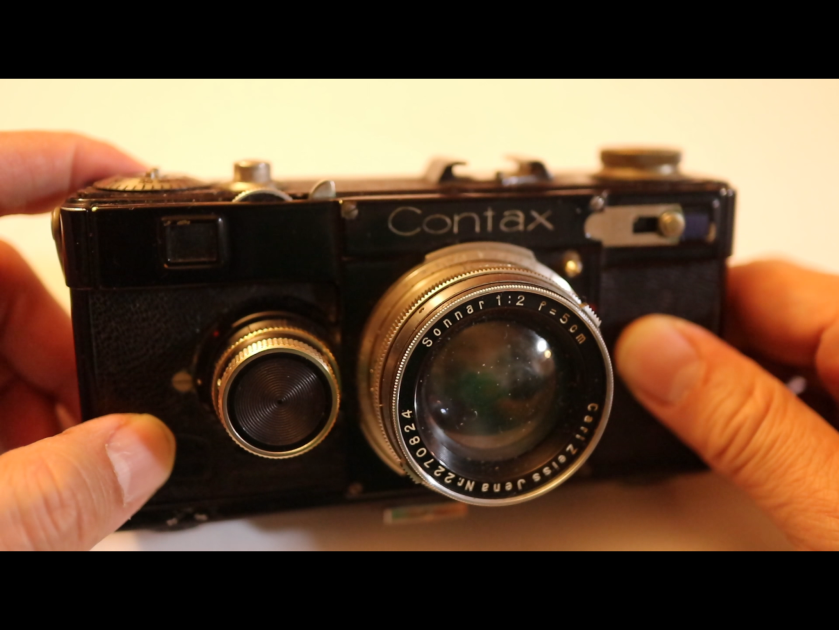




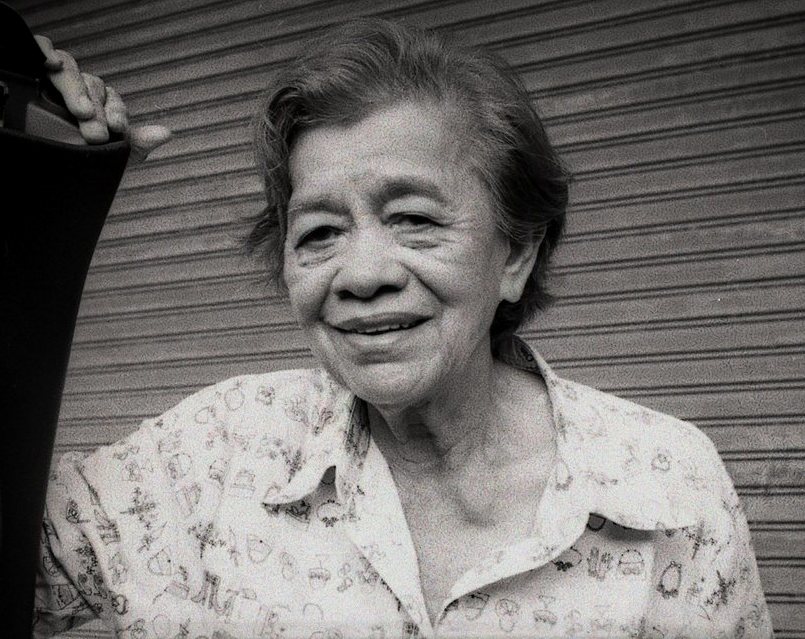



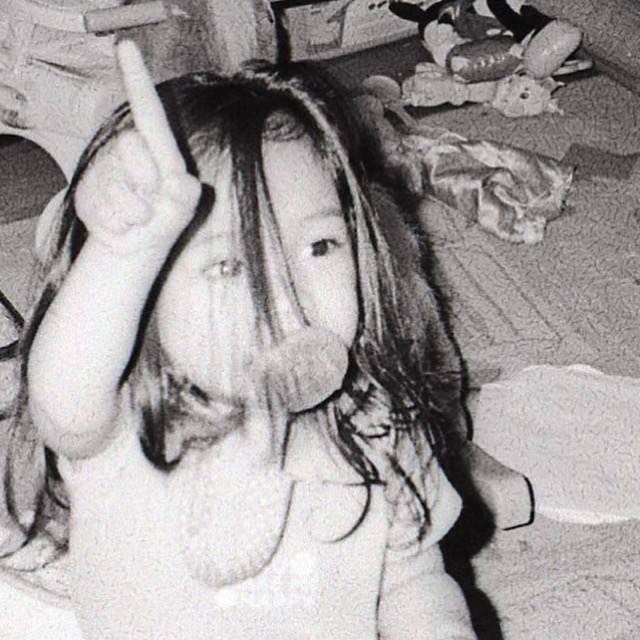

 Contax T2 For Sale
Contax T2 For Sale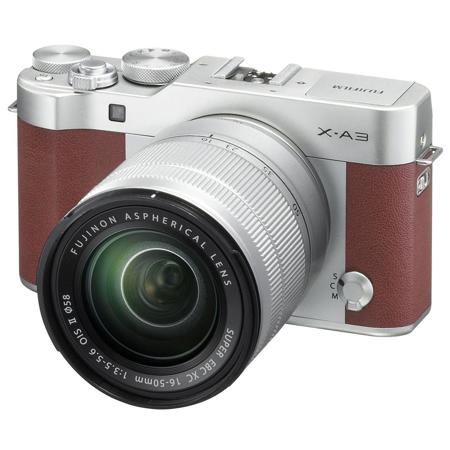
 Instax SQ10 Hybrid Camera! Now Lower Prices
Instax SQ10 Hybrid Camera! Now Lower Prices The Incredible Sony A7III
The Incredible Sony A7III
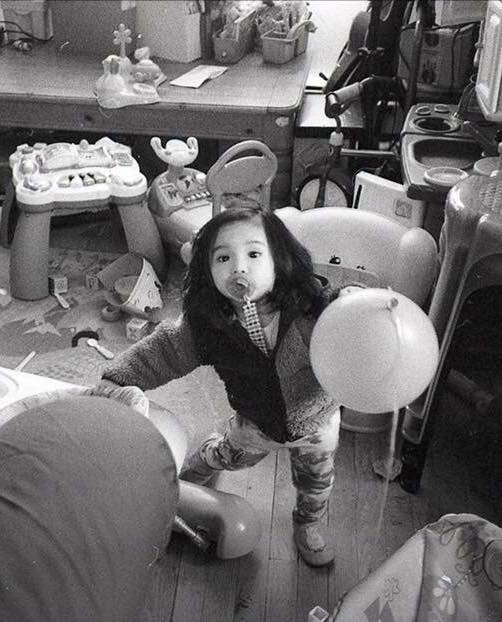







 INSTAX cameras on Sale
INSTAX cameras on Sale GoPro HERO on Sale
GoPro HERO on Sale




